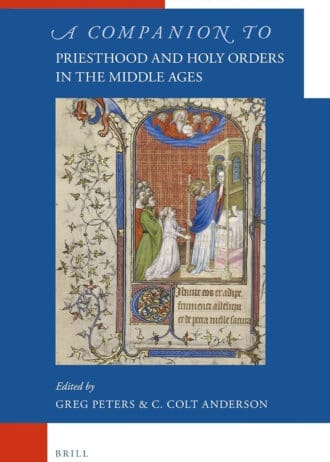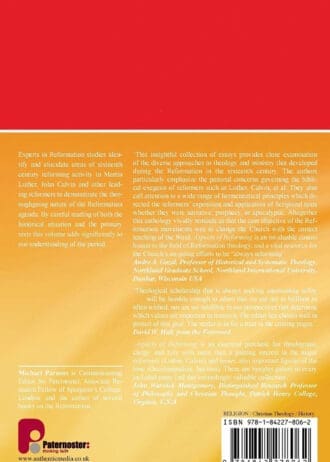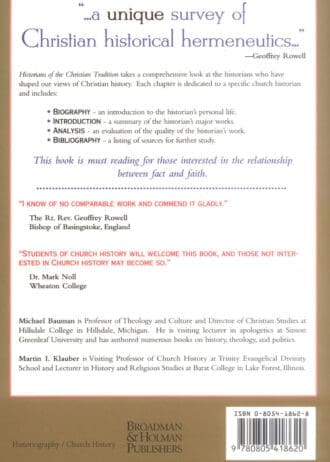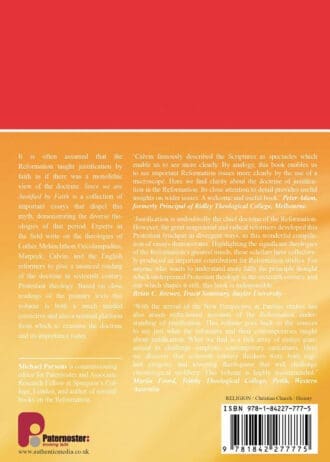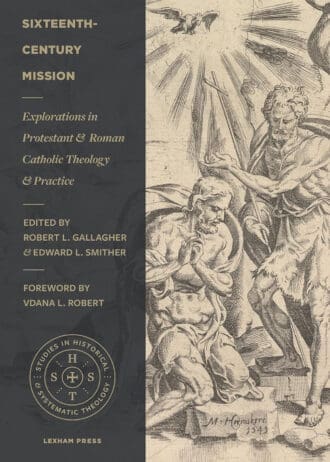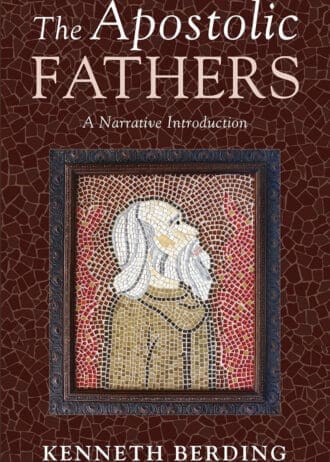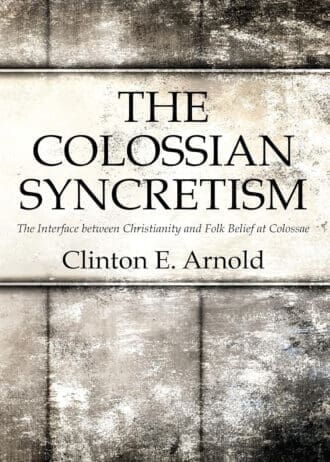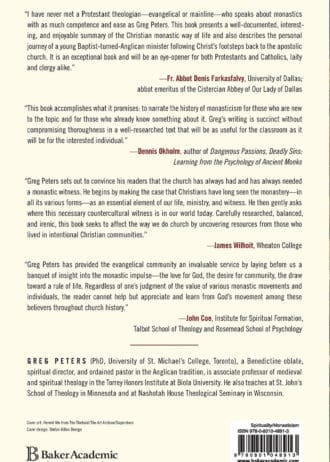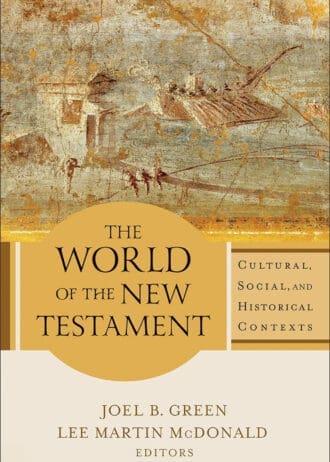A Companion to Priesthood and Holy Orders in the Middle Ages
In A Companion to Priesthood and Holy Orders in the Middle Ages, a select group of scholars explain the rise and function of priests and deacons in the Middle Ages. Though priests were sometimes viewed through the lens of function, the medieval priesthood was also defined ontologically-those marked by God who performed the sacraments and confected the Eucharist. While their role grew in importance, medieval priests continued to fulfil the role of preacher, confessor and provider of pastoral care. As the concept of ordination changed theologically the practices and status of bishops, priests and deacons continued to be refined, with many of these medieval discussions continuing to the present day.

